We occasionally link to goods offered by vendors to help the reader find relevant products. Some of these may be affiliate based, meaning we earn small commissions (at no additional cost to you) if items are purchased. Here is more about what we do.
Here we go again – frantically planning dinner on yet another busy weeknight! What are you making?
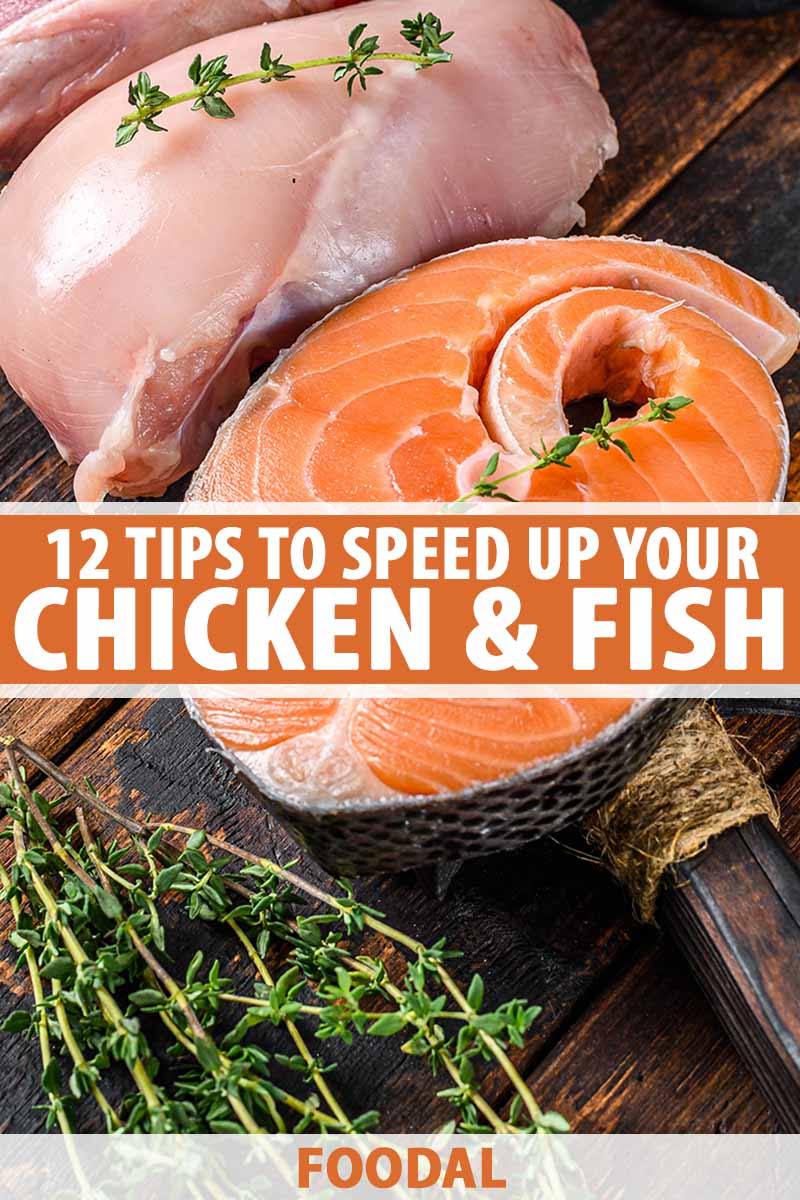
Do you often avoid cooking chicken and fish from scratch because you feel like it may take too long, or might be too complicated to execute perfectly under a time crunch?
Save the frozen pizza for another hectic evening!
Both chicken and fish can be quick and easy to prepare, as long as you know a few simple tricks to save time while you’re prepping and cooking.
Below, we’ll review our top 12 tips for speeding up these two protein entrees, and we’ll share recipe suggestions, so you can have a deliciously homemade dinner on the table for you and the family in no time.
12 Tips for Speeding Up Your Chicken or Fish Entrees
Chicken
Chicken and other types of poultry must be cooked thoroughly to avoid health risks and illnesses associated with salmonella and other types of harmful microbes that may be present in the raw meat.
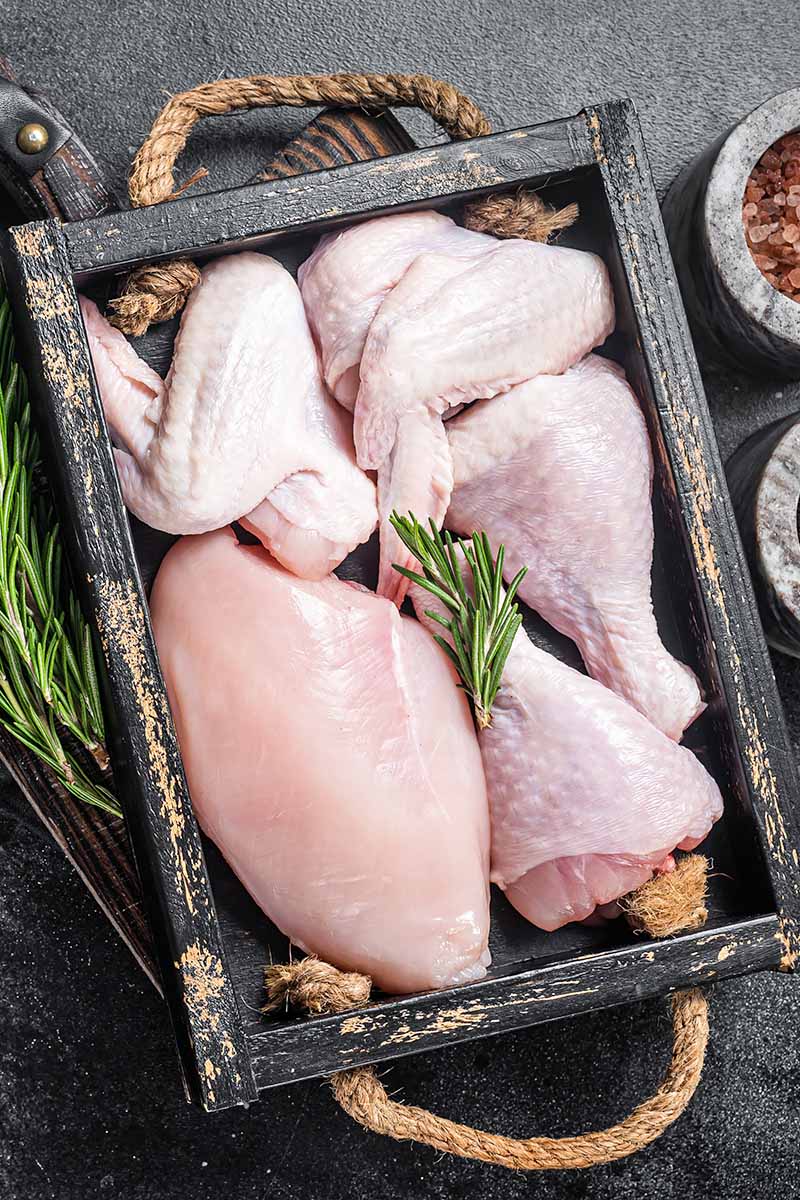
As explained by the USDA, all poultry – including all cuts as well as ground poultry – should be cooked to a minimum internal temperature of 165°F.
Compared to fish and shellfish, which should be cooked to a minimum internal temperature of 145°F, that’s a big leap that you need to be careful to reach!
On the other hand, overcooking certain cuts, particularly white meat, will make the meat tough and dry.
In order to take the guesswork out of cooking any kind of meat, the best tool to use that will give an accurate reading of the internal temperature is a meat thermometer. If you don’t own one, but are often cooking different meat products in the kitchen, purchase one ASAP!
Cleaning is important, too – especially if you drop raw chicken on the floor! Both cleanliness and thorough cooking are important approaches in the kitchen, for your health and safety.
In order to quickly prepare poultry, there are some safe shortcuts you can take that will yield tender meat cooked to the right temperature.
1. Choose the Right Cut
Whole birds, especially when they’re stuffed, take a loooooooooong time to prepare. Save them for a leisurely dinner party or holiday!
You can reduce the cooking time significantly by only using specific cuts of poultry that are speedier to cook.
The most popular cuts that are quick to prepare and cook are boneless breasts.
Avoid using dark meat, like thighs, wings, and drumsticks, if you’re pressed for time. While dark meat is technically fully cooked at 165°F, it will yield a better texture when cooked longer, ideally to a higher temperature in the range of 175 to 185°F.
Be sure to also purchase boneless breasts instead of bone-in pieces! Because bones act as an insulator around the surrounding meat, this affects the distribution of heat while the meat is cooking, making it take longer to reach your desired temperature.
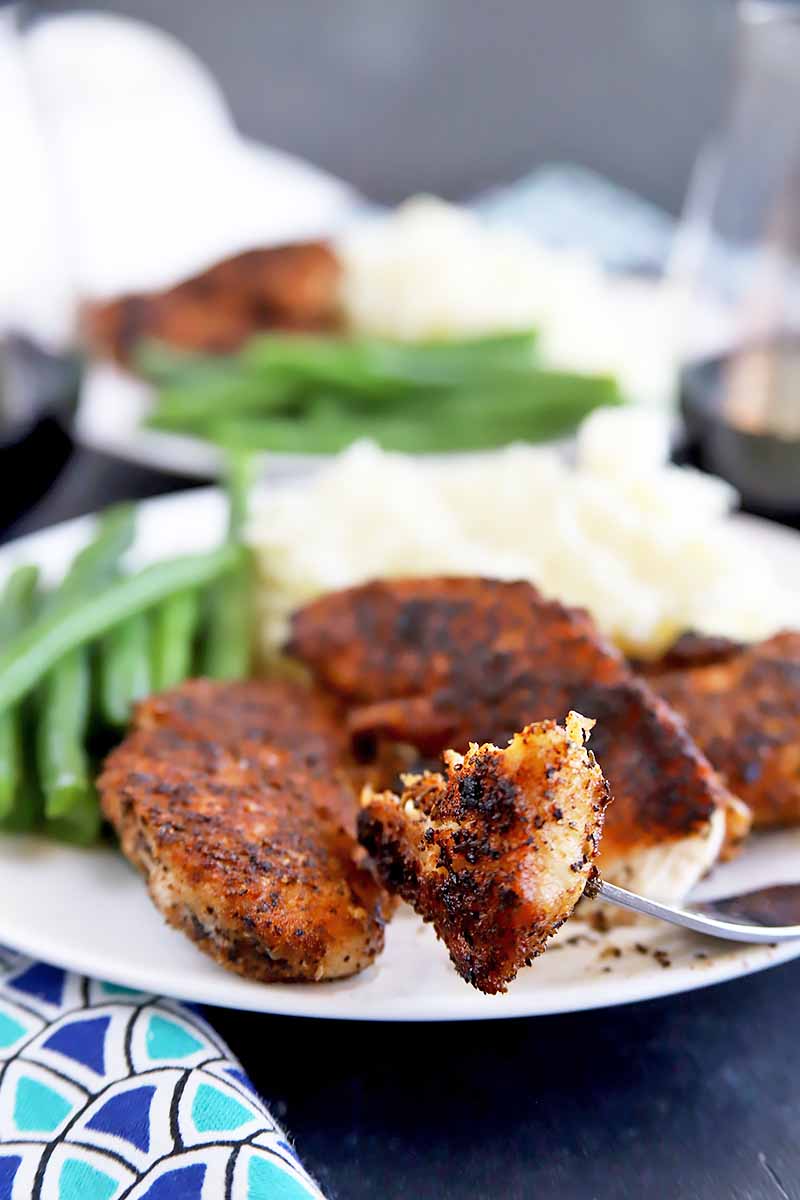
Blackened Chicken Tenderloins with Homemade Cajun Spice – Get the Recipe Now
For another cut that is quick to cook, you can also buy tenderloin. This is a thin muscle attached to the underside of the breast.
As noted in the name itself, the tenderloin is a tender cut of chicken that will be smaller and thinner than a whole breast. It’s a common cut that’s often readily available to purchase in a pack at the grocery store, often labeled “chicken tenders.”
Cutlets are another option you may wish to purchase. These are simply breasts that have been cut horizontally in half to yield two thinner pieces.
2. Pound It Out
Was your store out of tenderloins? Were the chicken breasts you had to buy instead very thick and plump?
Heftier, heavier pieces will take longer to reach the minimum internal temperature that indicates doneness, but there are a couple easy prep tricks that you can apply to stay on a strict schedule.
Rosle Meat Hammer, available on Sur La Table
If your pieces are quite huge, you can first slice them completely in half horizontally, creating your own cutlets. You can also butterfly them to yield a single piece with a big surface area, perfect for roulades.
If you want the pieces to be even thinner, bring out the meat mallet!
We’re big fans of the dishwasher-safe Rosle meat hammer, made with 18/10 stainless steel. Find it now at Sur La Table.
Pounding out boneless breasts with the flat side of a meat mallet will help to thin out the pieces, and the pounding action will also slightly tenderize the pieces by breaking down the fibrous muscles.
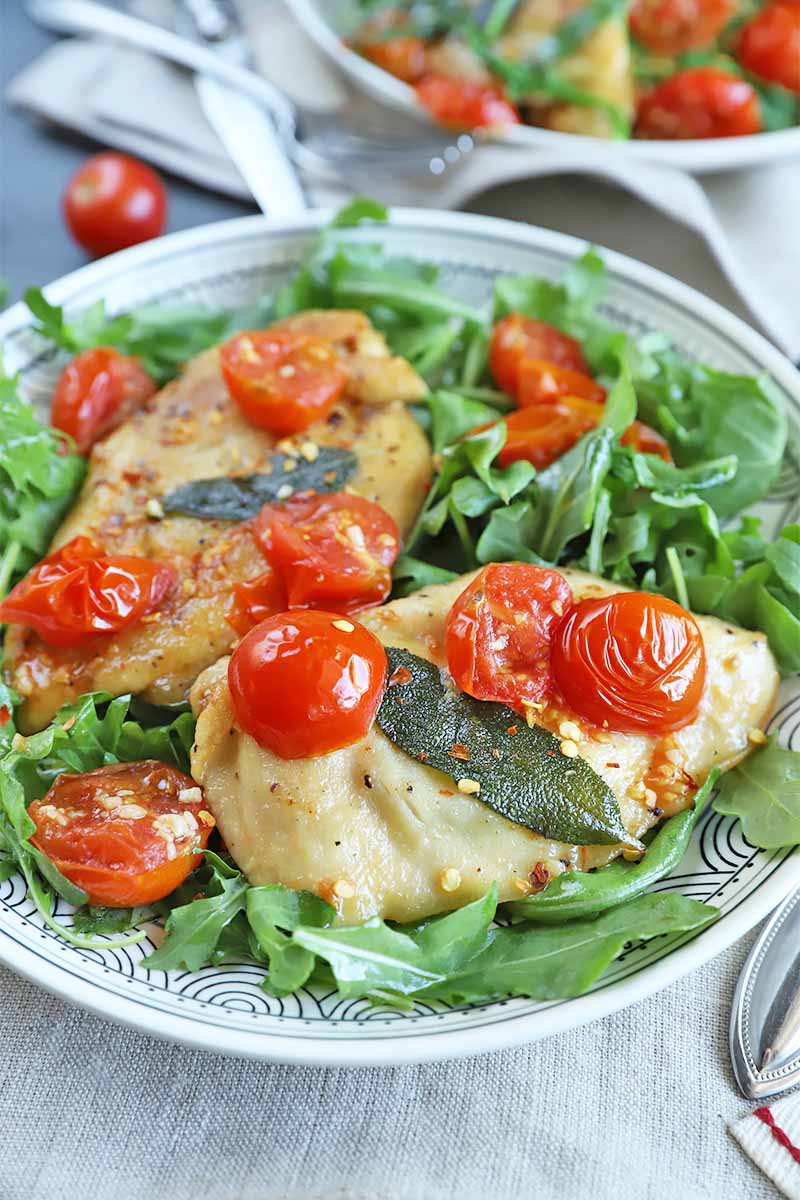
Chicken Cutlets with Tomatoes – Get the Recipe Now
With this type of applied force, the pounded meat cooks significantly faster, as thinner and tender pieces of meat will cook more quickly than thicker ones.
Try this pounding technique with our perfect weeknight recipes for chicken marsala and chicken cutlets with tomatoes.
3. Divide and Conquer
A similar concept to pounding, cutting a large breast or cutlet into small cubes, pieces, or strips will also significantly slash the cook time.
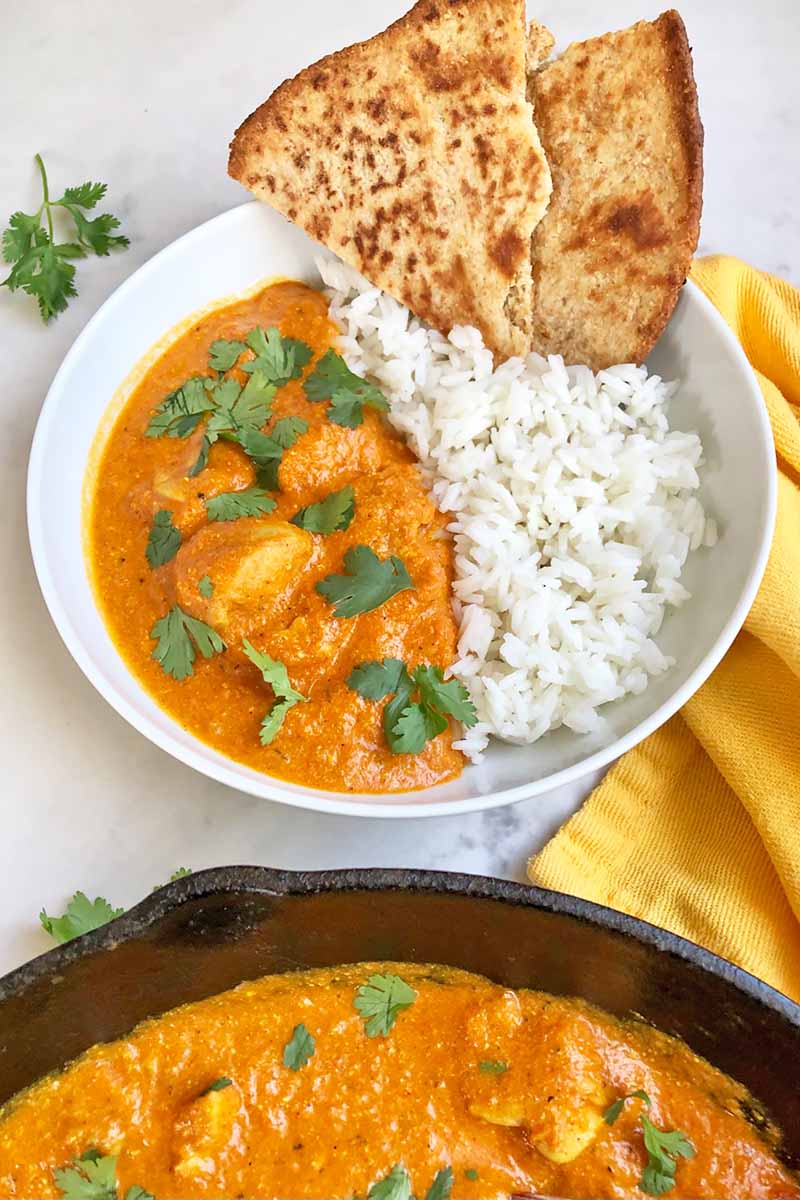
Quick and Easy Butter Chicken – Get the Recipe Now
When one large unit is divided into many smaller pieces, each with a higher percentage of exposed surface area, you’ll soon see how much faster it will cook!
This is another case supporting the purchase of boneless cuts – without any bones to work around, you’ll be able to swiftly slice through the meat.
You can experience this technique in action when you make our quick and easy butter chicken, or our spicy chicken fajitas with bell peppers and onions.
4. Add Some Pressure
Almost any cut of poultry can be prepared quickly in a pressure cooker.
The end result is chicken that is incredibly moist, and filled with the concentrated flavor of whatever seasonings you opt to use.

How to Cook Chicken and Rice in the Electric Pressure Cooker – Read the Tutorial Now
After using this appliance for the majority of the cooking process, you can then choose to finish off your recipe in the broiler to yield a crispier crust.
For a more thorough explanation of this quick and steamy process, review our complete guide to cooking all cuts of chicken in the electric pressure cooker now.
We also break down each cut in its own pressure cooker tutorial, with how-to articles for preparing breasts, thighs, drumsticks, tenders, and wings.
And we’ll show you how to shred it, as well as teach you a simple way to make chicken and rice in the electric pressure cooker.
5. Stir Fry in a Flash
Is it a bird? Is it a plane?
No, it’s your next chicken stir fry meal, flying from the pan to the dinner table in a flash!
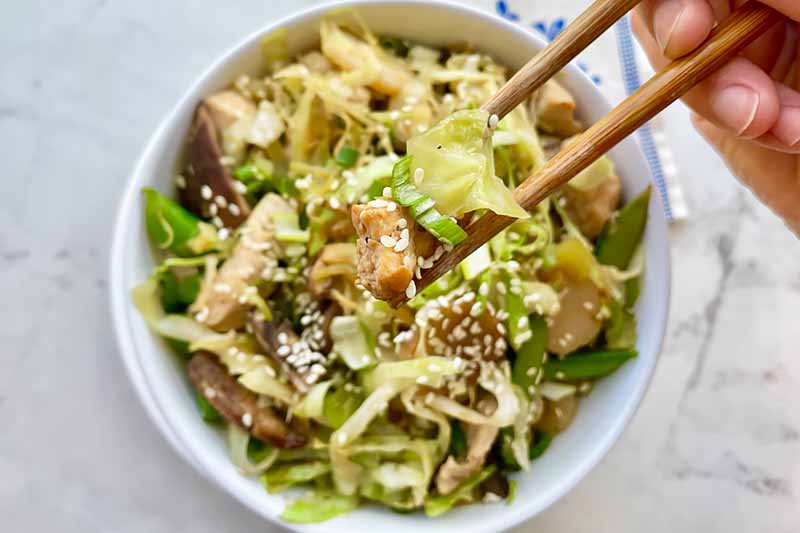
Chicken and Cabbage Stir Fry – Get the Recipe Now
A stir fry pan, like this blue carbon steel one from Made In, is a necessity to create quick meals when you’re totally ravenous, have a supply of crazy energy you can exert, and need to eat ASAP.
Get the pan hot, heat up that oil, and get pumped up to keep your food moving and cooking evenly.
You can make fast dishes like our gingery chicken and cabbage stir fry or our quick and easy kung pao chicken without sacrificing any flavor.
6. Prepare One-Pan Wonders
Why make separate side dishes when you can combine everything all in one pan?
Think about it – this plan is genius!
You won’t have any extra equipment and utensils to clean, you won’t have to cook as much, and you get to enjoy a complete, hearty meal in a fraction of the time!
Still need a little convincing?
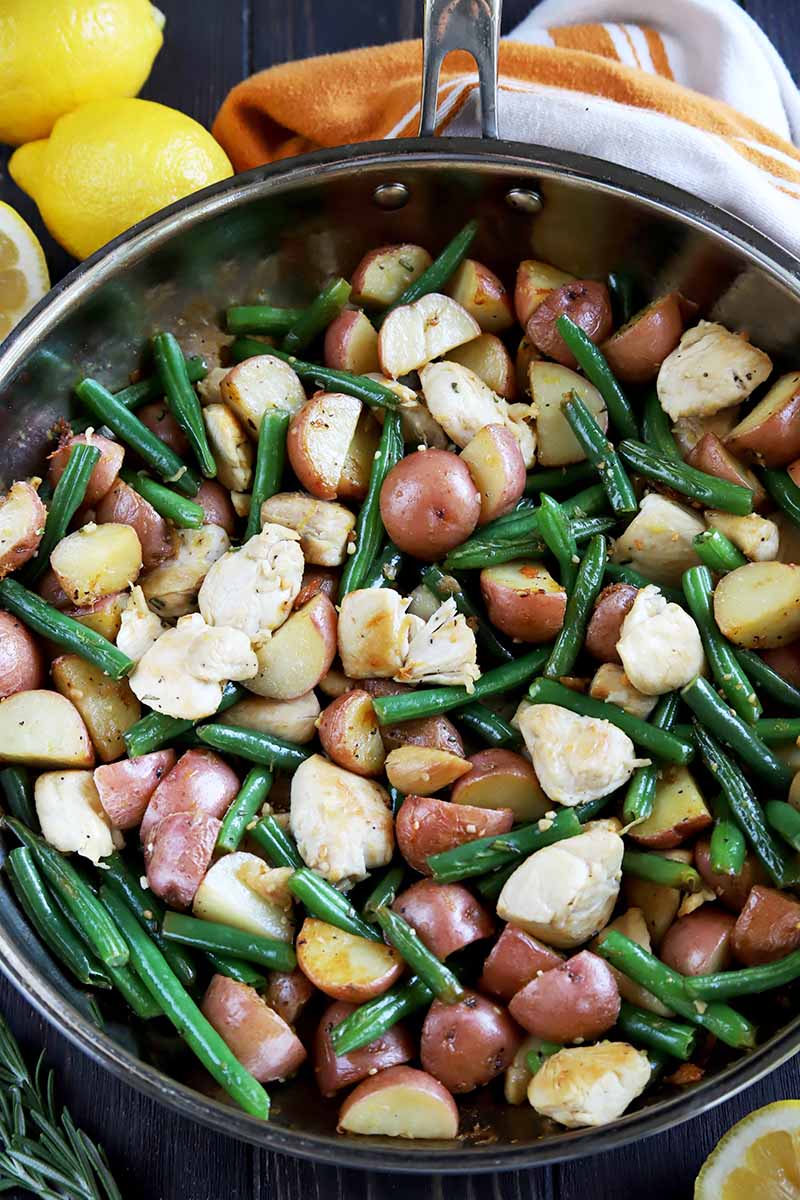
30-Minute One-Pan Tuscan Chicken and Vegetables – Get the Recipe Now
If you can only think of your mom’s nightmarish, bland, and sloppy casseroles, allow me to sway your vote with some bold and fresh one-pan recipe ideas!
You’ll love our 30-minute Tuscan chicken – the hearty one-pan combo of chicken, petite red potatoes, and green beans is beautifully seasoned with fresh rosemary, minced garlic, and lemon juice and zest.
For another flavor-packed idea, we transform tortillas into a one-pan casserole with our chicken tortilla skillet, a fun Tex-Mex mashup of crunchy tortilla chips, gooey cheese, and shredded chicken with tons of tasty seasoning.
A simple skillet or casserole dish won’t prevent you from building bold flavors for a fast dinner!
Fish
Light and delicate, fish is actually one of the quickest proteins to cook at home!
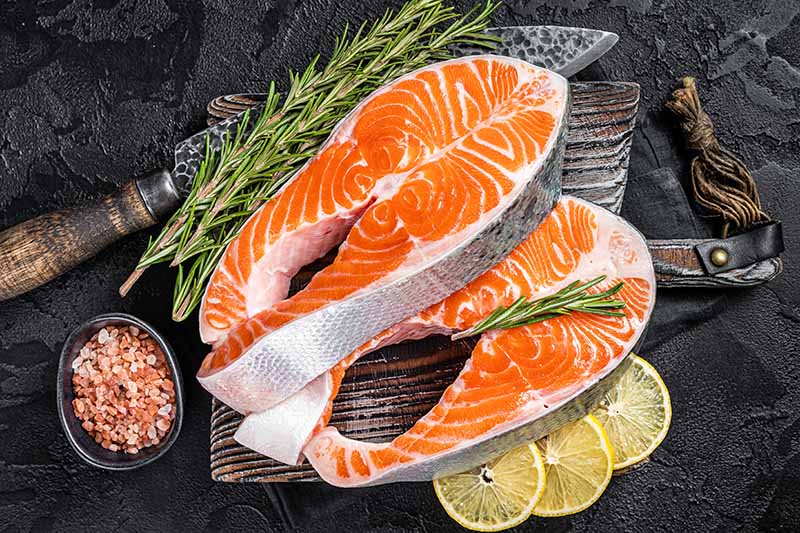
But the gentle touch, culinary knowledge, and confidence required to handle and cook it might actually explain why many home chefs tend to overlook it as a main course.
The following advice and recipe ideas offer simple suggestions to help you conquer your fears and prepare more fish in your kitchen at home!
7. Use Fresh, Not Frozen
We know how tempting it is to pick up a bag or two of frozen shrimp or fish fillets – but fresh really is best for the fastest results!
By purchasing fresh instead of frozen, you won’t have to worry about any extra time spent defrosting your frozen selections.
Make friends with your local fishmonger to get the best deals and the freshest offerings.
You can also have your fishmonger break down larger pieces into individual portions, and they can help you remove scales, tails, and heads – perfect when you’re a little spooked by these portions of your fish!
And, obviously, having your fishmonger do most of the knife work while at the store will help you significantly cut back on prep time at home, so you won’t have any bones to deal with either if that’s not your thing.
8. Don’t Treat All Types the Same Way
Different varieties of fish benefit from specific cooking techniques, with a variety of end results depending on what recipe and what type of fish you are using.
As long as you purchase sushi-grade fish, you can easily make fast sushi bowls at home, or prepare a quickly seared tuna steak encrusted in sesame seeds that’s still pink in the center.
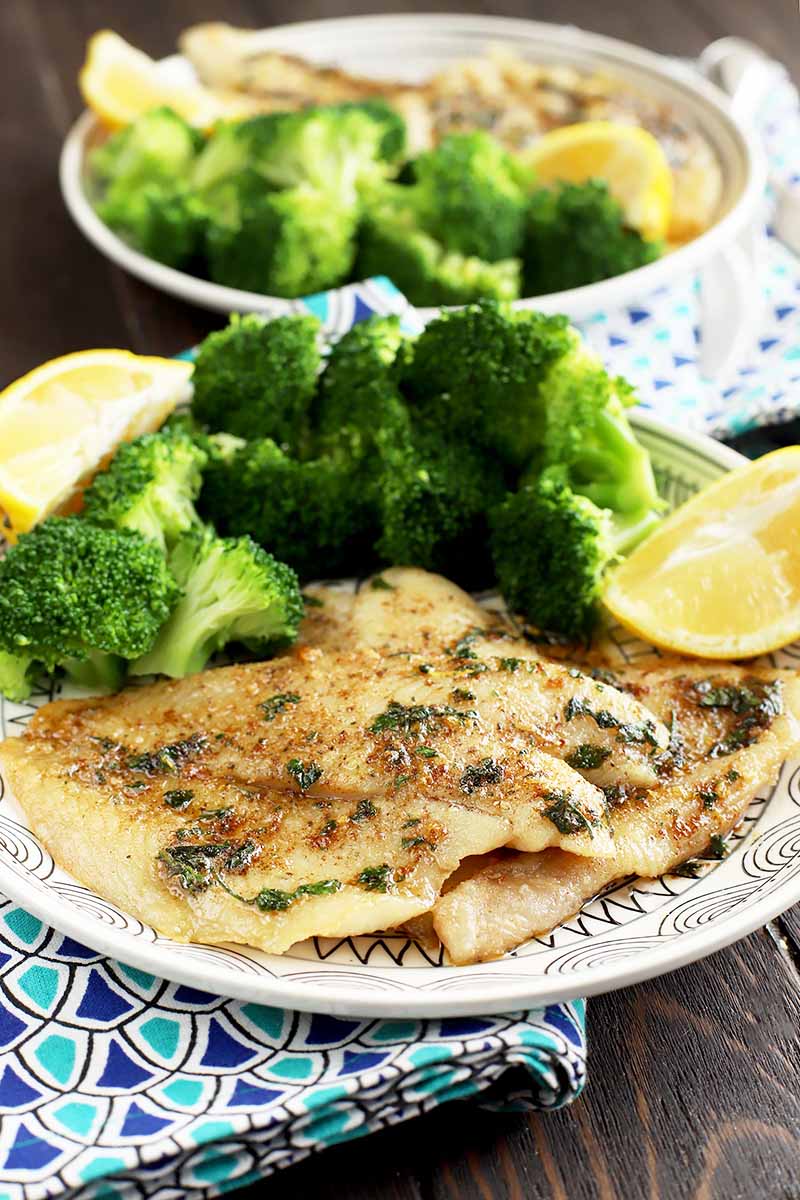
Fish in Brown Butter Sauce (Sole Meuniere) – Get the Recipe Now
While salmon is tasty in a raw preparation, it’s also heavenly when it’s fully cooked until the flesh is flaky, and it doesn’t take that long. Our honey ginger salmon takes less than an hour, and makes for a healthy dinner idea.
For another fast dinner option, consider using other thin fillet cuts that will cook quickly when seared in a pan.
For example, our 15-minute sole meuniere offers seemingly effortless French elegance in a short amount of prep time – thin sole fillets are dredged in seasoned flour, shallow fried in butter, then topped with a brown butter sauce.
9. Let a Marinade Do the Work
Finally, marinating your fish in an acidic solution will also reduce your cooking time.
Any concentrated marinade containing an acidic ingredient such as citrus juice, pineapple juice, papaya juice, or vinegar will start to react with the fish as it is marinating, coagulating the fish protein and causing it to gently solidify in texture. This is the key to preparing ceviche, for example.
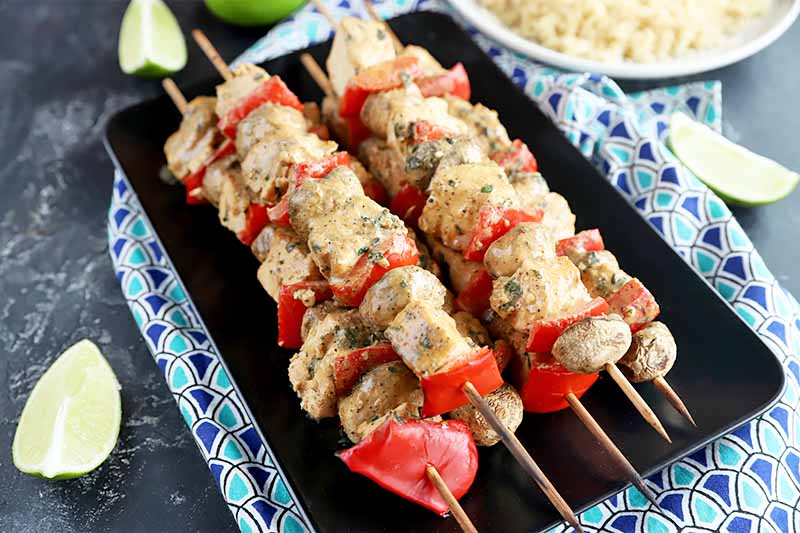
Brazilian Fish Kebabs – Get the Recipe Now
You are then able to decrease your cooking time by several minutes when using these marinades. The longer you let your protein soak, the less time it takes to cook and the more flavor you infuse into the flesh.
But pay attention to how long you are marinating your fish for! With a more delicate fish, you may only need 15 to 30 minutes.
However, with a firmer fish like halibut, which we use in our recipe for Brazilian fish kebabs, you can let it marinate for 30 minutes to two hours.
10. Add Some Pressure, Again!
The electric pressure cooker isn’t just for making chicken!
You will quickly have beautifully done fish every time when using this appliance to reduce your cooking time.
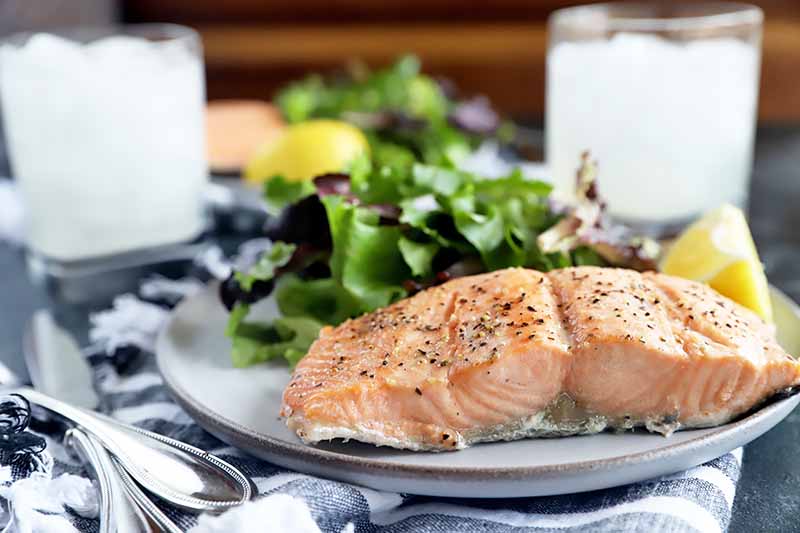
How to Cook Salmon in the Electric Pressure Cooker – Read the Tutorial Now
Just like when you are preparing chicken, follow the manufacturer’s directions, or use one of our tested recipes for the best and safest results.
You will be amazed at how fast dinner can be prepared and on your plate.
Easily cook salmon fillets in the electric pressure cooker, with two basic preparations to consider!
You can either steam your salmon with a little salt and pepper, or poach your salmon to infuse it with aromatics like wine, citrus, and herbs.
11. Grill If You’re a Master
For the grill masters who know how to expertly heat up their charcoal barbecue or gas grill in mere moments, this one is for you.
When the grill is hot and ready to go, fish fillets can be heated and beautifully charred to absolute perfection in just a few minutes.
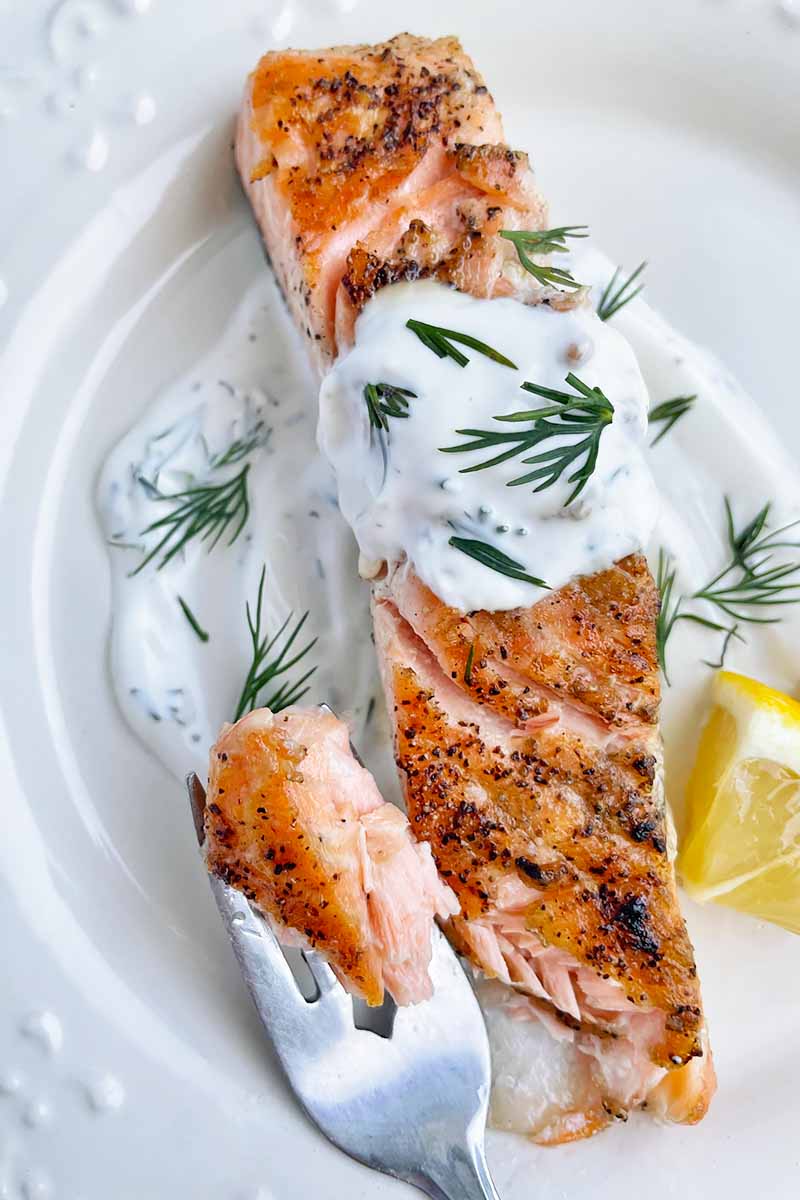
Grilled Salmon with Creamy Dill Sauce – Get the Recipe Now
Case in point: our grilled salmon recipe. The skin-on fillets only take eight to 10 minutes to fully cook.
We keep this method as uncomplicated as possible by simply seasoning the fillets with olive oil and a little salt and pepper. In a flash, we whisk together a creamy fresh dill sauce to serve on the side.
For the crispiest results, don’t forget to pat the skin of the salmon dry – any residual water will cause the skin to steam!
12. Broil for the Win
If cooking on the grill is not your thing, or if it’s covered in a foot of snow, let’s bring this party back inside!
Use your broiler to quickly cook your fillets, all while creating an impressively crispy skin you can crack into every time your fork pierces it.
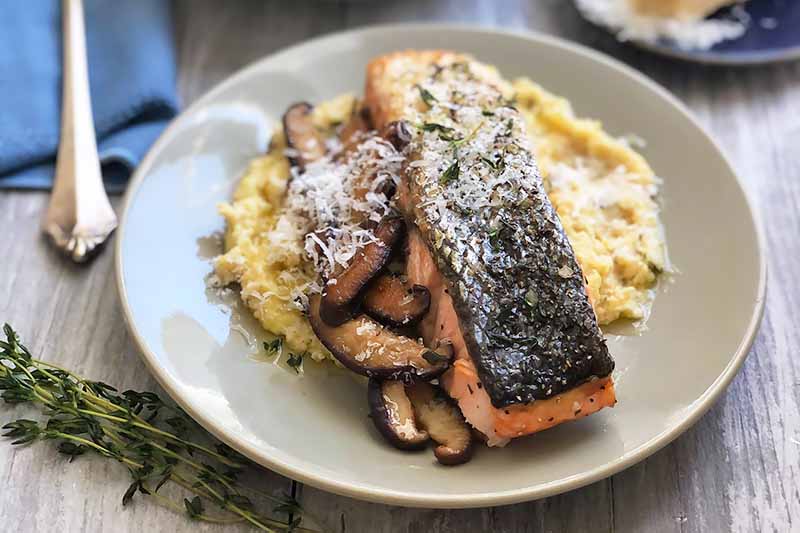
Broiled Salmon with Shiitake Mushrooms and Parmesan Grits – Get the Recipe Now
This should only take a total of eight to 10 minutes if you’re cooking skin-on salmon, but the timing may vary slightly with other kinds of fish.
The same advice applies here as it does for grilling – ensure the skin on the fillets is dry, dry, dry! We don’t want a soggy result!
For further instructions on this method, try our recipe for broiled salmon with shiitake mushrooms and parmesan grits.
Dinnertime Is Now – Like, Right Now!
Knowing how to decrease the total cooking time for chicken and fish requires you to familiarize yourself with the tools that you have available in your kitchen, as well as some fun new cooking techniques.
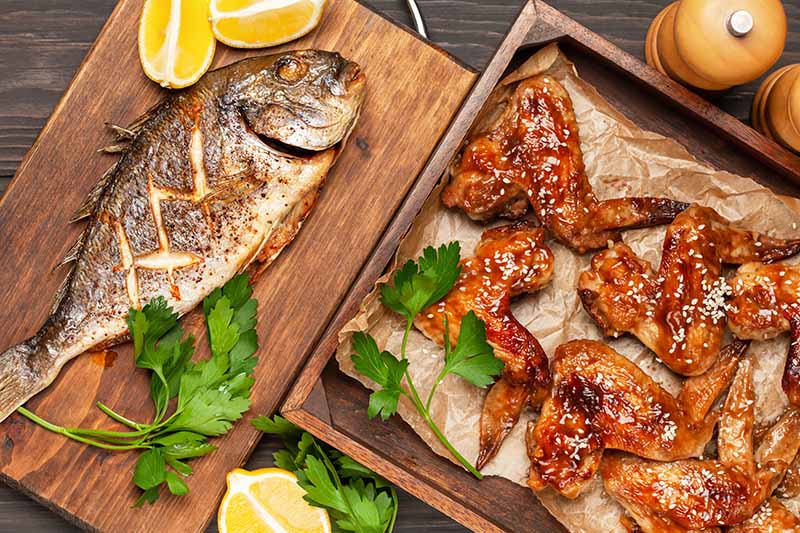
Fortunately, this is not difficult to do!
And once you master these techniques, you will be able to prepare and serve your favorite chicken and fish dishes for dinner faster than ever before.
What’s your favorite trick to get your seafood or poultry on the table in a jiffy? Let us know in the comments below.
We really like salmon here at Foodal, and there are many more recipes to share with you, if you are also a fishy fan! After reviewing our tips and tricks to get your fish on the dinner table faster, we bet you’ll be extra excited to make these quick recipes:
- Chipotle Lime Salmon
- Cajun Salmon for a Quick Weeknight Meal
- Salmon Tacos with Tomatillo Guacamole and Red Cabbage Slaw
Photos by Meghan Yager and Fanny Slater, © Ask the Experts, LLC. ALL RIGHTS RESERVED. See our TOS for more details. Uncredited photos via Shutterstock. Product photo provided by Sur La Table. Originally published on December 19, 2014. Last updated on May 30, 2023.
About Nikki Cervone
Nikki Cervone is an ACS Certified Cheese Professional and cheesemonger living in Pittsburgh. Nikki holds an AAS in baking/pastry from Westmoreland County Community College, a BA in Communications from Duquesne University, and an MLA in Gastronomy from Boston University. When she's not nibbling on her favorite cheeses or testing a batch of cupcakes, Nikki enjoys a healthy dose of yoga, wine, hiking, singing in the shower, and chocolate. Lots of chocolate.

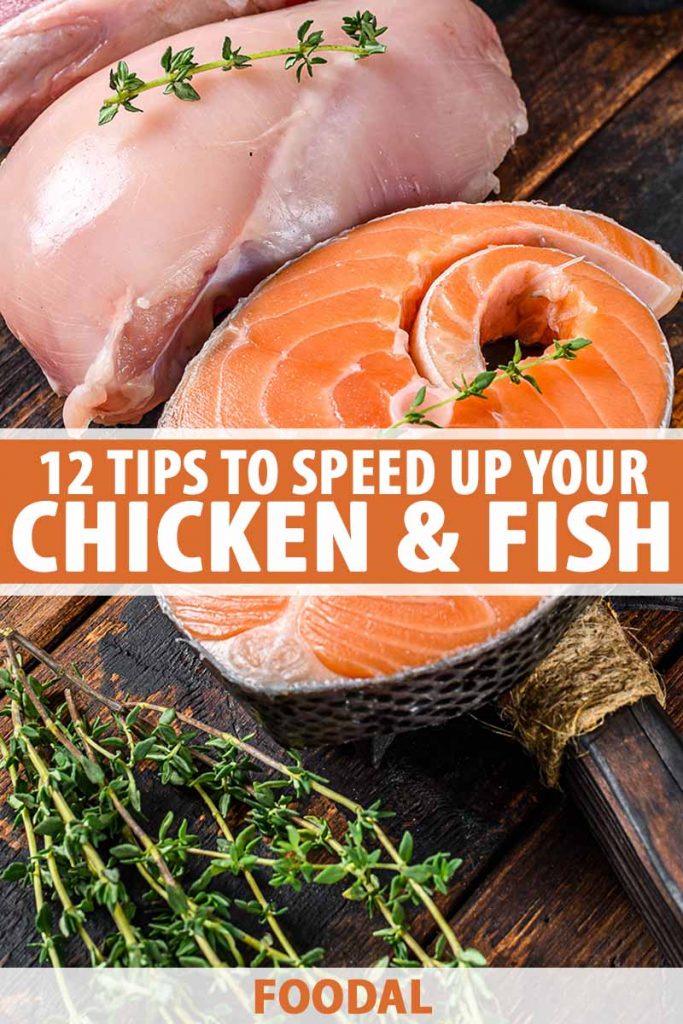
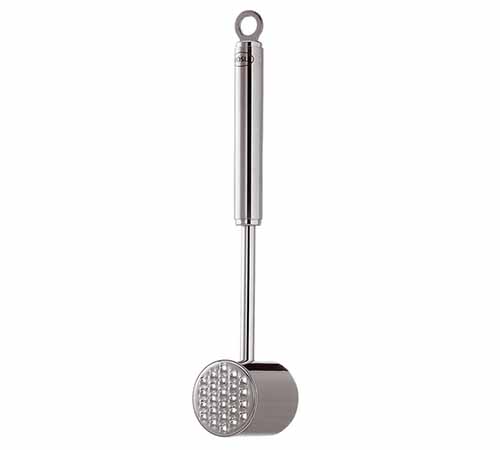
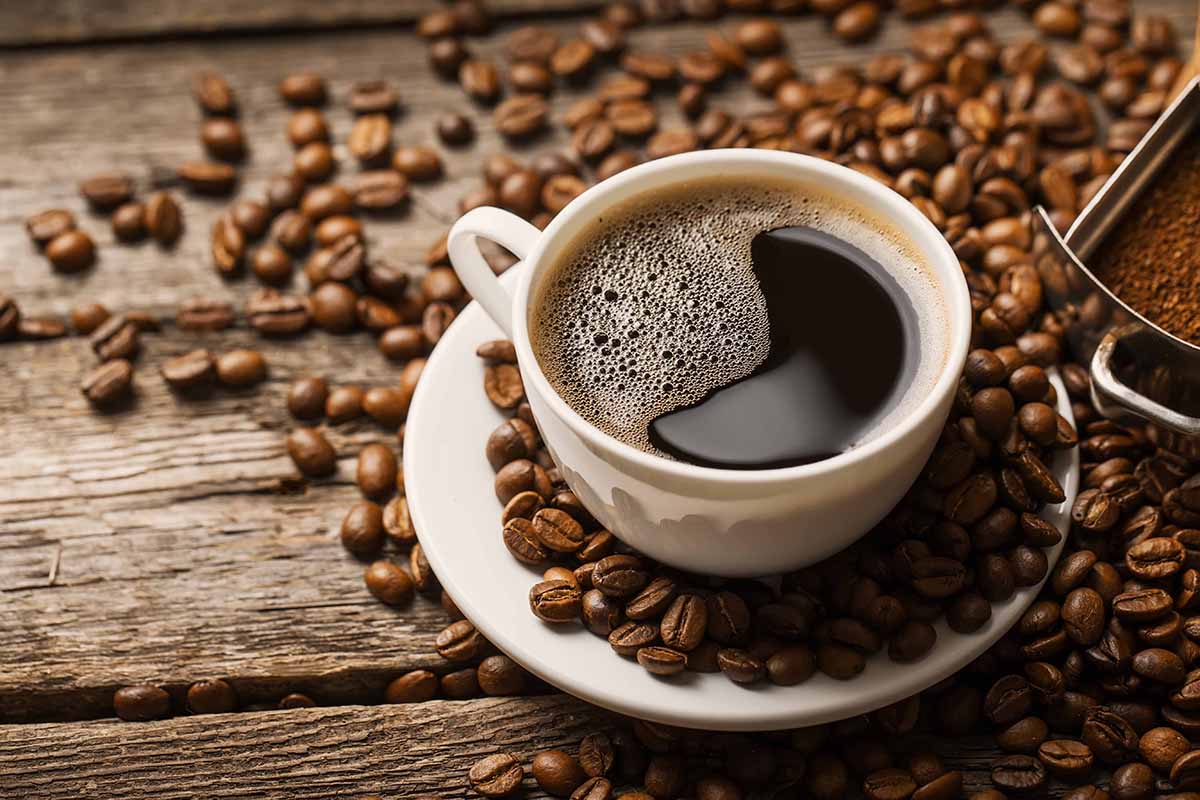
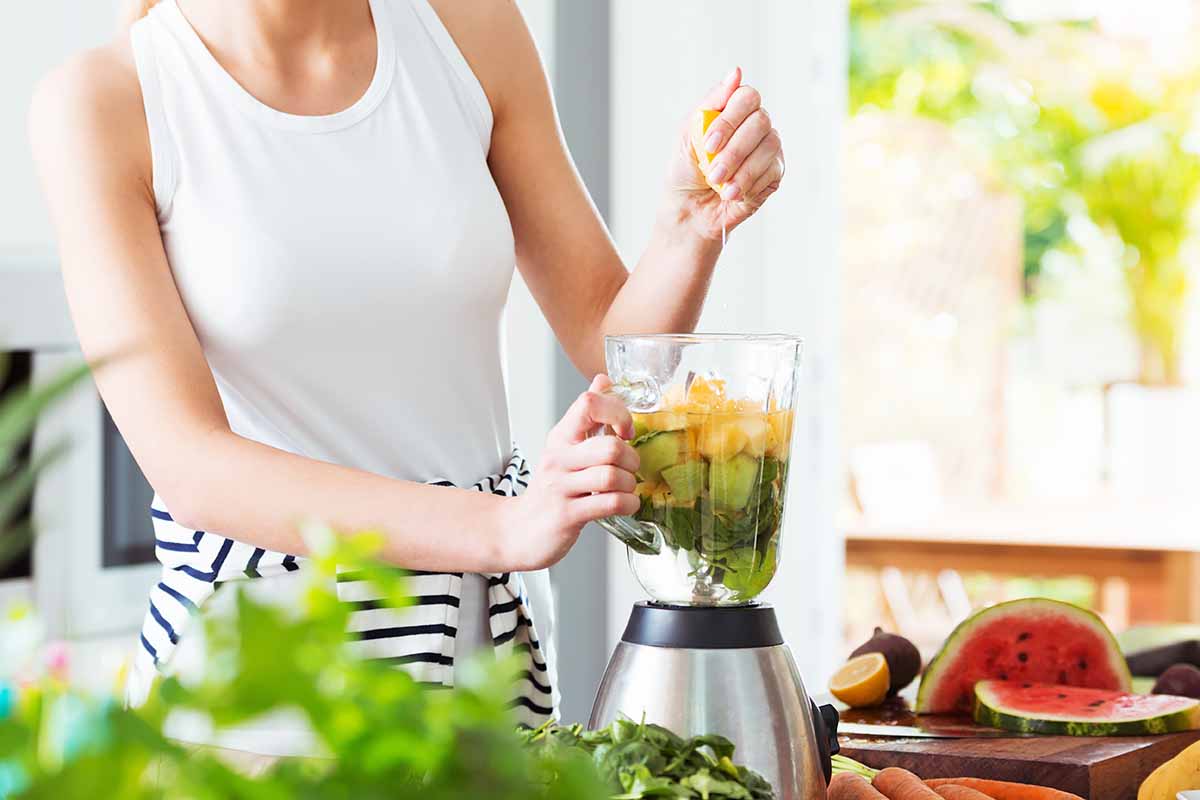
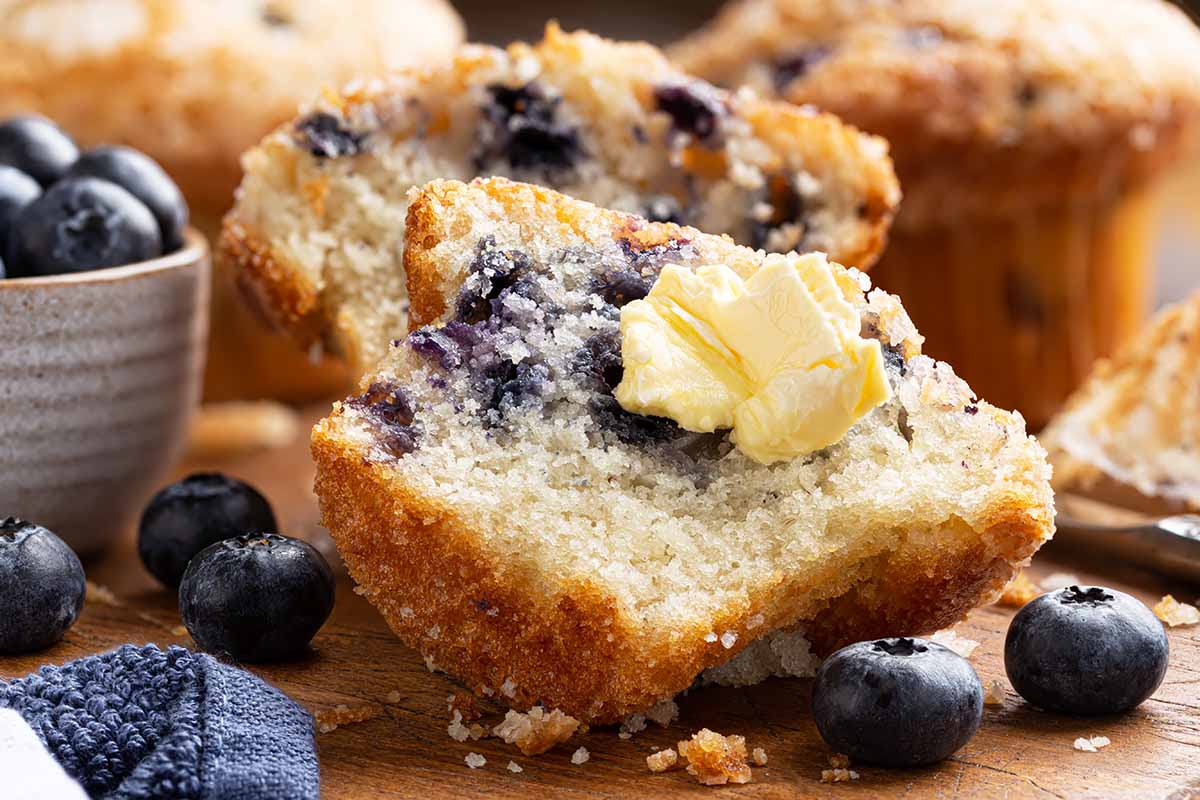
But the parts around the bones are the best part in any meat! I think they made some science experiment, cooking meat three different ways — one with the bone still there, one with the bone taken out, and one with the bone taken away but put next to the spot it was cut from to cook. The one with no bone was in general more dry than the two other ones!
Pressure cooker is top, though.
Smaller pieces mean a shorter cook time, to apply that old surface-area-to-volume ratio bit of wisdom. Taking inspiration from other regions of the world (like the classic Chinese stir-fry), try cooking marinaded and diced pieces of chicken instead of whole birds and you’ll be surprised at how fast you can get a meal done, while also keeping the dishes fresh and interesting. I’ve never tried the pre-cooking parboiling method you mentioned, but that will be a new technique to try out this weekend!
I’ve always boned & thinned my meats. Well, not always but often. I’m usually cooking with a limited amount of time & I’ve found that’s the best way to get a meal on the table in thirty minutes.
I prefer boneless meats too…that tedious time in the kitchen is not my ‘cup of tea’…but my biggest flaw is over-cooking meat, after a bad case of salmonella typhi and amoebiasis , i decided to put caution in all matters cooking, gladly i have found tips that steer me in the right direction 🙂
These are some really handy tips. I make a lot of chicken, but I do tend to overcook it sometimes. I’m just trying to be careful, but yeah, overcooked chicken breast just isn’t good.
Par-cooking is fantastic for making grilled chicken. I’ve never managed to make good chicken on the grill without partially cooking it first.
As for smaller pieces cooking quicker… indeed. I like to make kebabs for this reason.
I didn’t realize that different types of fish cooked at different times, although that makes a lot of sense. I had never considered using a tabletop grill, such as a George Foreman, to cook fish. I don’t currently have one, but am considering getting another, since mine broke, so it’s good to know it can serve an additional function, in addition to simply making burgers.
I have never thought about how different type of fish needs to be cook at different time and way. It is true that smaller and thinner pieces will cook faster, but sometime you really want that mouthful. I’m actually considering the pressure cooker, but I’m kinda scare that it might blow up in my face. I have a pretty good reason to be scare, why? When I was little till now I’ve never been lucky when it comes to the kitchen. When I come into contact with the kitchen I tend to burn, brake, or hurt myself and cooking utensil. Well, wish me luck with cooking tuna tonight! 🙂
I had to go through and give this another look. I still seem to be overdoing it a little bit. I guess I worry too much.
So, I figured I better read up again before trying anything else. I hate to ruin food, and these two are the easiest for me to wreck, it seems. I almost ruined some fish last night. I really enjoy fish, so I need to practice making it right.
Thanks again for the great instructions and tips.
Fish is probably my most eaten meal… it’s delicious and nutritious! It is frustrating, however, that I have only a couple methods that don’t take a million years, and these probably don’t maximize the potential of the fish taste-wise. Same for chicken- I basically eat a ton of chicken stir fry and not a lot else in the way of chicken, because I have no idea how to cook it in a timely manner. I’m definitely going to get me one o’ them pressure cookers, and thus raise myself up to new culinary heights with my favorite pescatarian meals!
Meat is the essence of a good Sunday roast; it can really make the meal. However, nothing breaks you like the preparing, cooking and cleaning. Anybody who has ever cooked a from fresh Sunday Roast has felt my pain.
While you can’t help with the cleaning, those tips can help. I really should go thinner with my meat, or even try some Fish. Hey, it works well with my Stirfry!
I’m going to keep these tips in mind next time I cook chicken for my boyfriend. I’ve always hated preparing it so anything that simplifies the process a bit is good with me 🙂 I had never thought of parboiling meat before but it sounds like an easy shortcut! Especially since I’ve actually under cooked chicken before so I’m super paranoid now about making sure it’s cooked through. Unfortunately I can’t cook fish in our apartment since the kitchen has no ventilation and even with the freshest products, the cooking smell tends to linger 🙁
Thank you for the wonderful tips Lynne. You know I’ve always been very weary of undercooking fish, more so than chicken. For some weird reason, food poisoning from fish scares me more. I don’t even eat sushi. That is why I’m absolutely guilty as charged (LOL) of overcooking fish, each and every time. I think that thanks to your tips I will start buying fish a lot more often and my family will start enjoying more fish-based succulent meals. No more dry fish in my table I say! LOL. Thanks again!
I almost always cook with chicken breasts and rarely use anything with bones. One thing I do is cube the breasts before I freeze them. It makes it faster to cook and less likely to have undercooked areas if you use cubes rather than the whole breast. Depending on what sauces I am using, I also usually steam the chicken while making the sauce, just throw the cubes in a skillet with a half inch of water, which also makes the meat more juicy when you finally do add the sauce.
Like it, thank you!!